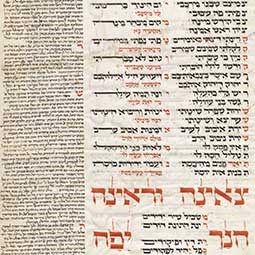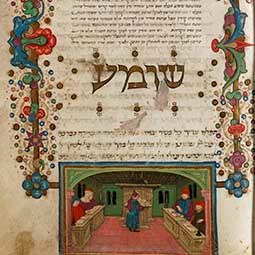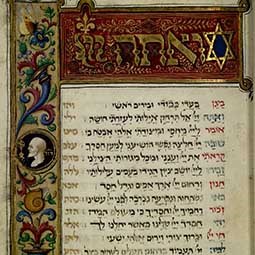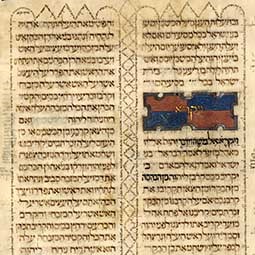The Jeselsohn Collection
The Jeselsohn Collection, also known as the David and Jemima Jeselsohn Collection, began in 1970 as a collection of ancient oil lamps originating from the Land of Israel. Since then the collection has increased substantially both by additions to the lamp collection as well as by adding other collectible categories. At present, the Collection houses a comprehensive collection of archaeological materials originating from the Near East, mainly from the Land of Israel, as well as Judaica, Manuscripts and Printed Books.

 Sign in with Google
Sign in with Google
 Sign in with Facebook
Sign in with Facebook




